The Number 1309 - The Way, the Truth, and Life

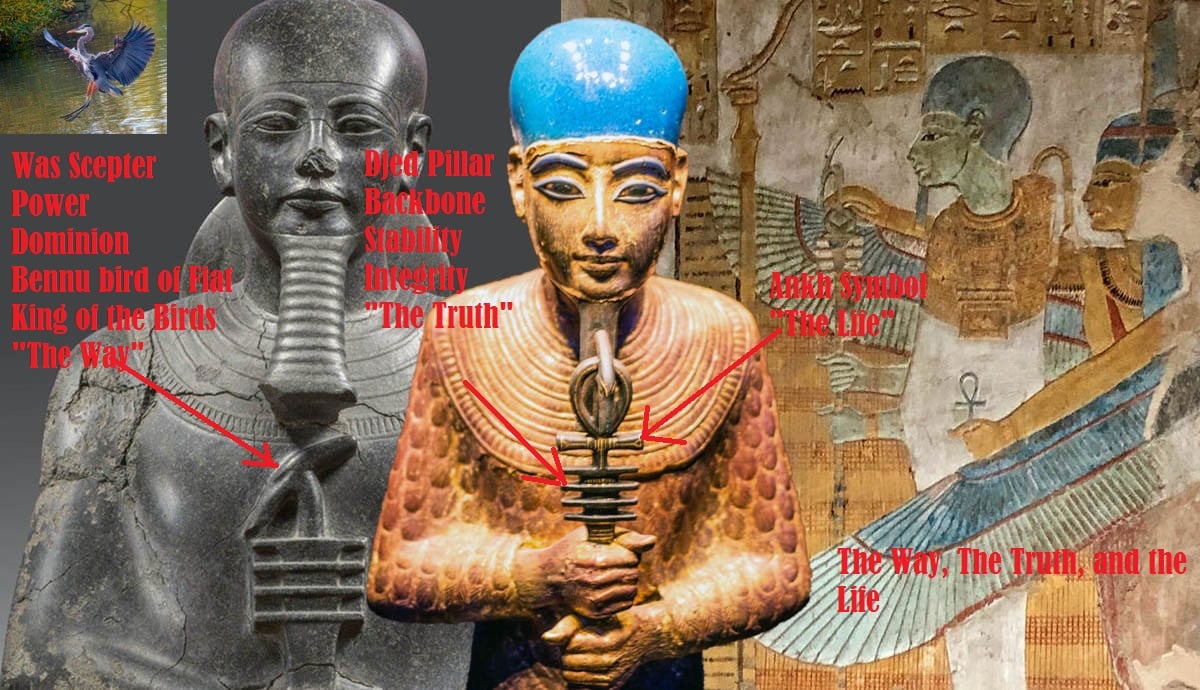

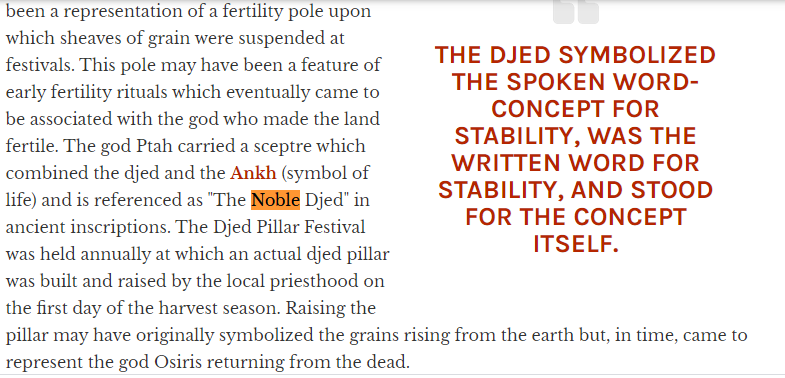
The Four Noble Truths in Taoism
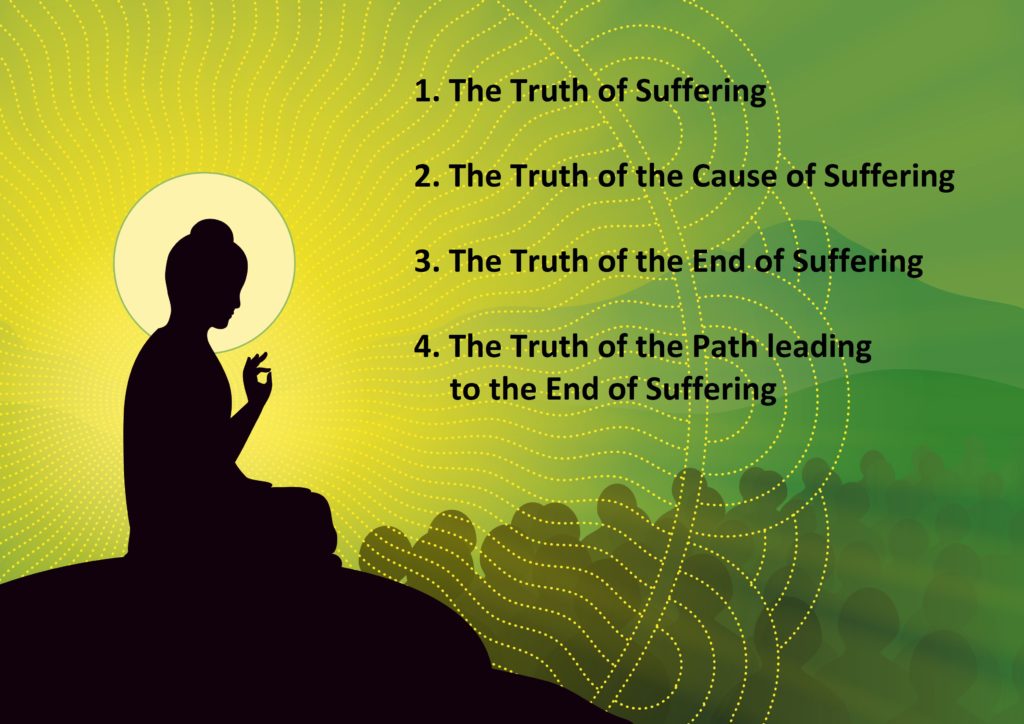

The word "Gad", one of the tribes of Israel, is where the name "God" came from. This instance of the word was taken from Revelation 7:5. But here, you can see it resembles the word "Tao". which emphasizes a "Noble Eightfold Path". Greek Gematria also lists the value of this word as "8". I believe Tao is associated with the last letter of the Hebrew alphabet, Tav or Taw, symbolized in earlier scripts by a tally mark or X resembling a cross. Tav is the last letter of the Hebrew word emet, which means 'truth'.
The Alef is associated with the Ox. (The letter A originated from an Ox head). The Chinese would have associated the Ox and the cart and traveling on a pathway. This could also be why Buddhists had an 8-fold path (or way) represented by 8 spokes of a wheel.
2 Samuel 6:3-7 describes the "Chest of God" being transported on an ox-cart.
The Dharma Wheel
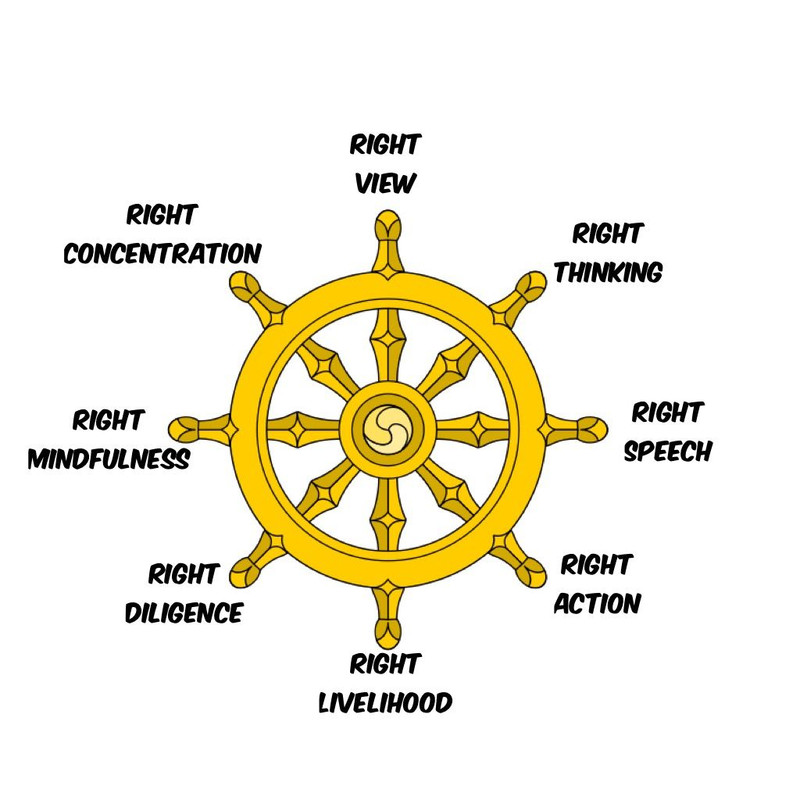
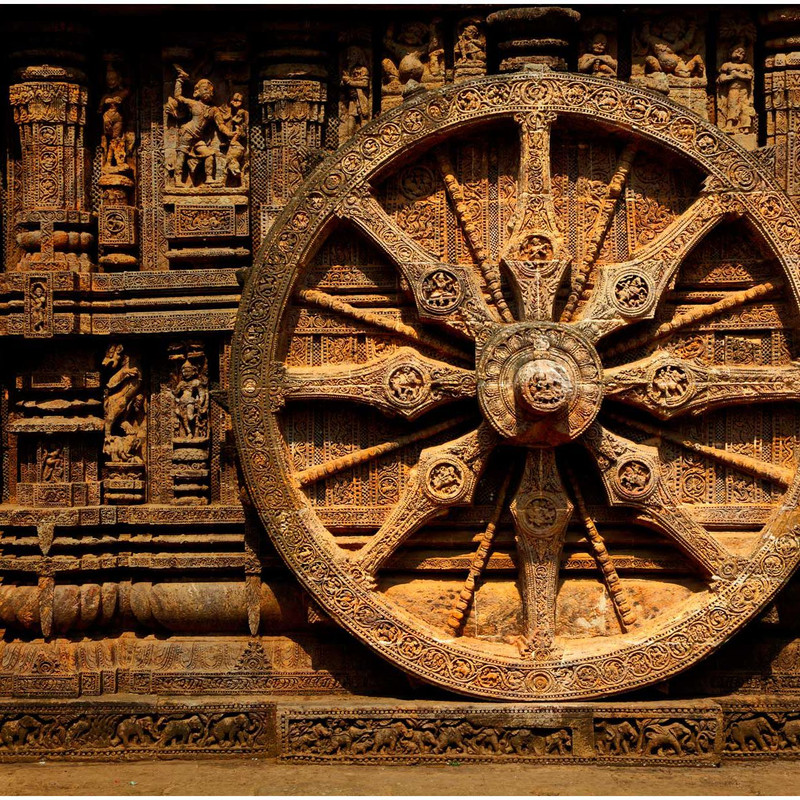
Psalms 119 lists each of the 22 letters of Hebrew, Aleph to Tav and has 8 verses for each letter.
Hebrew Alphabet Letter Spiritual Meanings
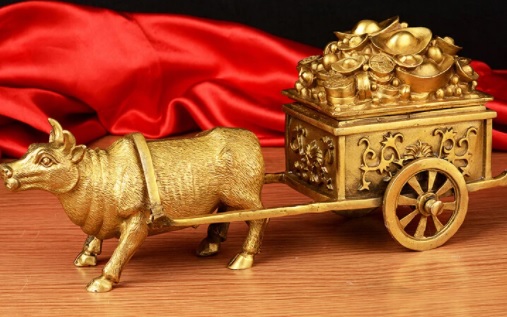
An ox cart full of treasures.
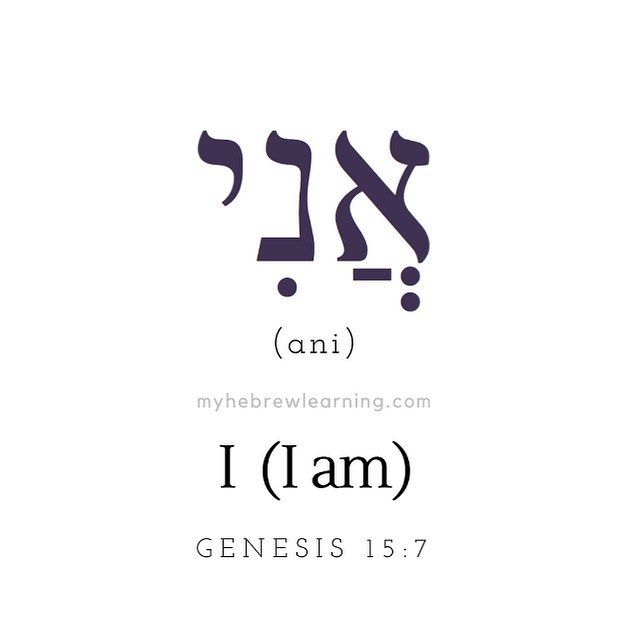
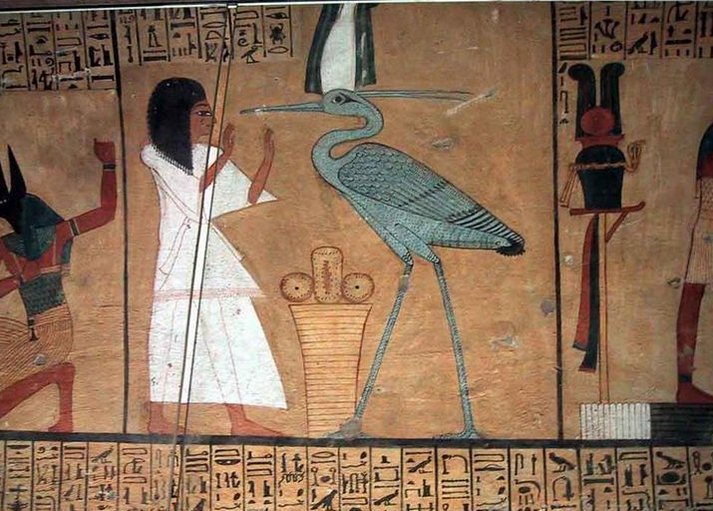
Ani in "the Papyrus of Ani" also known as the Egyptian "Book of the Dead" pictured with a bennu bird (a heron) representing Osiris.

The "Hall of Truth". The Four Sons of Horus on the Lotus flower are represented by the four pillars of the djed.

The Number 528 - the Key of David

528 BCE: the Buddha attains enlightenment at Buddha Gaya (Bodhgaya today) at 35
528 BCE: begins teaching the Dharma 49 days later at Deer Park (Sarnath)
The Importance of 22 (and other numbers) in Buddhism.
22 phenomenological faculties
In the Abhidhamma Pitaka, the notion of indriya is expanded to the twenty-two "phenomenological faculties" or "controlling powers" (Pali: bāvīsati indriyāni)[17] which are:
six sensory faculties
eye/vision faculty (cakkh-indriya)
ear/hearing faculty (sot-indriya)
nose/smell faculty (ghān-indriya)
tongue/taste faculty (jivh-indriya)
body/sensibility faculty (kāy-indriya)
mind faculty (man-indriya)
three physical faculties
femininity (itth-indriya)
masculinity (puris-indriya)
life or vitality (jīvit-indriya)
five feeling faculties[18]
physical pleasure (sukh-indriya)
physical pain (dukkh-indriya)
mental joy (somanassa-indriya)
mental grief (domanass-indriya)
equanimity (upekhha-indriya)
five spiritual faculties
faith (saddh-indriya)
energy (viriy-indriya)
mindfulness (sat-indriya)
concentration (samādhi-indriya)
wisdom (paññ-indriya)
three final-knowledge faculties
thinking "I shall know the unknown" (anaññāta-ñassāmīt-indriya)
gnosis (aññ-indriya)
one who knows (aññātā-vindriya)
According to the post-canonical Visuddhimagga, the 22 faculties along with such constructs as the aggregates, sense bases, Four Noble Truths and Dependent Origination are the "soil" of wisdom (paññā).[19]

The Holographic Generating Set (27,37,73)
The Fountain of Life Holograph

No comments:
Post a Comment
Note: Only a member of this blog may post a comment.